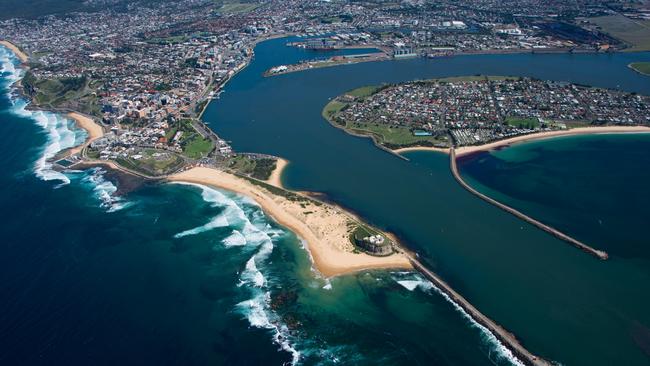Budget 2022: Hydrogen to hasten push to net zero
Resources hubs Darwin and Newcastle will receive hundreds of millions each to develop hydrogen capabilities.

Resources hubs Darwin and Newcastle will receive hundreds of millions each to develop hydrogen capabilities as the Morrison government positions the fuel source as a key plank of the nation’s technology-led move to net-zero carbon by 2050.
Darwin has received $300m to support clean hydrogen production and low-emissions LNG exports along with carbon capture and storage infrastructure in a move the federal government said would position it as one of the world’s leading low-cost energy centres.
Newcastle, home to one of the world’s biggest coal ports, landed $100m to support pre-final investment decisions and early works to make the Port of Newcastle hydrogen-ready.
The taxpayer funds are part of $1.3bn in new investment pitched at maintaining energy security, cutting energy prices and reducing emissions.
The investment in the NT capital – already home to the Darwin and Ichthys LNG plants – underscores that while Darwin will remain a major natural gas producer for several decades, buyers in Asia will increasingly expect lower-emission supplies.
Producers such as Santos expect to meet that need through new carbon capture and storage facilities underground including a major scheme being plotted under the Bayu-Undan fields.
Gas from the offshore Barossa and onshore Beetaloo fields will top up LNG supplies in Darwin but the prospect of green hydrogen, sourced from renewable energy, would also add an extra source of diversification to the NT as an energy hub.
Similarly, thermal coal volumes shipped out of the giant Newcastle port are expected to decline over the next decade as the fossil fuel faces climate pressures. Adapting the facility to send hydrogen around the world could reposition it as a green production centre.
Green hydrogen is expected to be at cost parity with that produced from gas in some regions by 2025 at a cost of $US1.50/kg, and hydrogen cost parity with diesel in long-haul road transport is likely as early as 2027.
Canberra has set a plan for the nation to become a top-three exporter of hydrogen to Asian markets by 2030 and has set a stretch goal of producing hydrogen for less than $2/kg.
Green hydrogen remains three times more expensive than supplies from gas but experts predict the cost of production from renewable sources could reach parity by 2030.
Goldman Sachs expects Australia will compete with the Middle East, Chile and North Africa in the race to become the world’s biggest hydrogen exporter with the global market forecast to be worth $US1 trillion by 2050 as major economies pivot to the energy source to hit their net-zero emission goals.




To join the conversation, please log in. Don't have an account? Register
Join the conversation, you are commenting as Logout